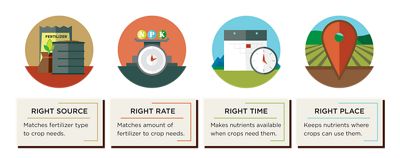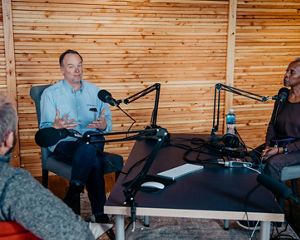Near St. Louis, improvements to a farm, now called Tributary Farm, donated by the Franciscan Sisters of Mary will reduce erosion and runoff while better serving pollinators and farmers. Like the Little Blue River site, it is part of our fast-growing regenerative agriculture strategy, which contributes to TNC’s freshwater goals.
In spring 2025, a third of the pasture was retired from grazing and seeded with native grasses. This area was fenced off with electric fencing to allow the new vegetation to establish without pressure from cattle. A pond-based alternative watering system was installed to support rotational grazing, and by the end of May, fencing was completed to exclude livestock from the creek, protecting water quality and streambank integrity.
Additional conservation practices include the installation of a two-stage ditch, several grassed waterways and farm field terraces—all designed to manage runoff, reduce erosion and improve soil health. A seven-acre pollinator plot was frost-seeded to enhance biodiversity and provide habitat for beneficial insects. Together, these efforts reflect a holistic approach to land management that honors both agricultural productivity and ecological integrity.



















